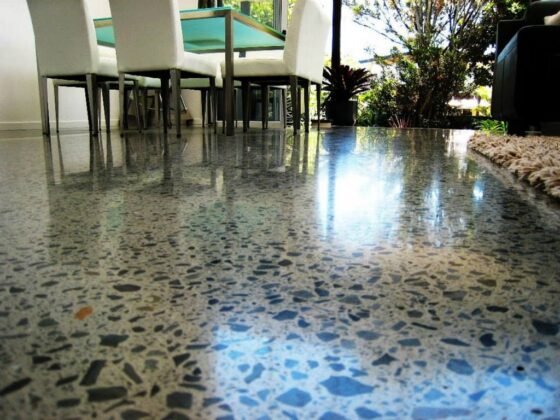Table of Contents Show
Apart from being unsightly, mold can pose serious health issues.
About 30% of people suffer from allergies related to mold and pollen. That means the presence of mold in your home could trigger things like asthma and respiratory tract irritation.

Mold needs moisture to grow, so the first step toward mold control is keeping your home as dry and clean as possible.
Here’s how to upgrade your moisture control methods and avoid mold taking root in your living spaces.
The Basics of Moisture Control
According to this website https://moldreconstruction.com/mold-removal/, by the time you notice mold in your home, it’s going to take a lot of work to get rid of it. So. it’s important to implement moisture and mold solutions before you get to this stage.
In the wintertime, you might notice that your walls seem damp on very cold days. That’s because the warm air from inside your home condenses when it encounters cold walls.
Apart from the weather, roof leaks, dripping pipes, and poor insulation can cause moisture to build up inside your walls. Keep tabs on these factors to ensure that your home stays as dry and healthy.
Floods are another major cause of interior moisture. If your home ever floods during a deluge be sure to enlist the help of mold and moisture removal experts to prevent problems in the future.
These professionals can also conduct mold and moisture testing to ensure your home’s sealed and sanitary.
Bathroom Solutions
By nature, bathrooms are always high moisture zones. There are three ways to prevent unhealthy moisture build up in these areas.
Firstly, you can ensure that you leave a window open in your bathroom so that condensation can escape. A dehumidifier is a good alternative if you can’t leave a window open.
You can also use mold and mildew-resistant paint, tile, and bathroom fittings to assist with mold control.
Read Also:
Direct Moisture Away from Your House
Rain is a major culprit when it comes to damp walls and mold growth. The best way to stop rain from entering your home is by keeping your roof in tip-top shape.
Watertight gutters go a long way towards directing water away from your walls, and a wider overhang on the roof also helps.
By creating a slight slope around your house, you can prevent water from pooling against your walls.
Directing your gutters into a rainwater tank is a great way to prevent runoff from damaging your home and garden. You can use this extra water to ensure your garden stays green and lush during dry spells.
Check your air conditioner. If it’s dripping condensate, make sure this moisture’s channeled away from your house too.
Create Safe and Beautiful Spaces for Your Family
Mold Removal is an expensive and time-consuming process, so it pays to implement stringent moisture control measures to prevent this health risk in your home.
If you’d like some more good advice on keeping your home looking at its best, keep reading our blog. We focus on bringing you practical advice and hacks when it comes to interior and exterior home design.









